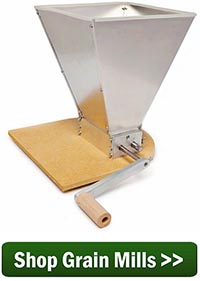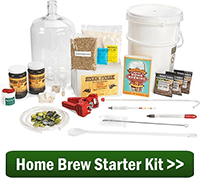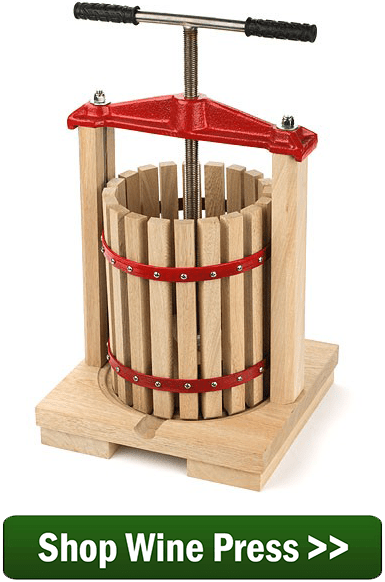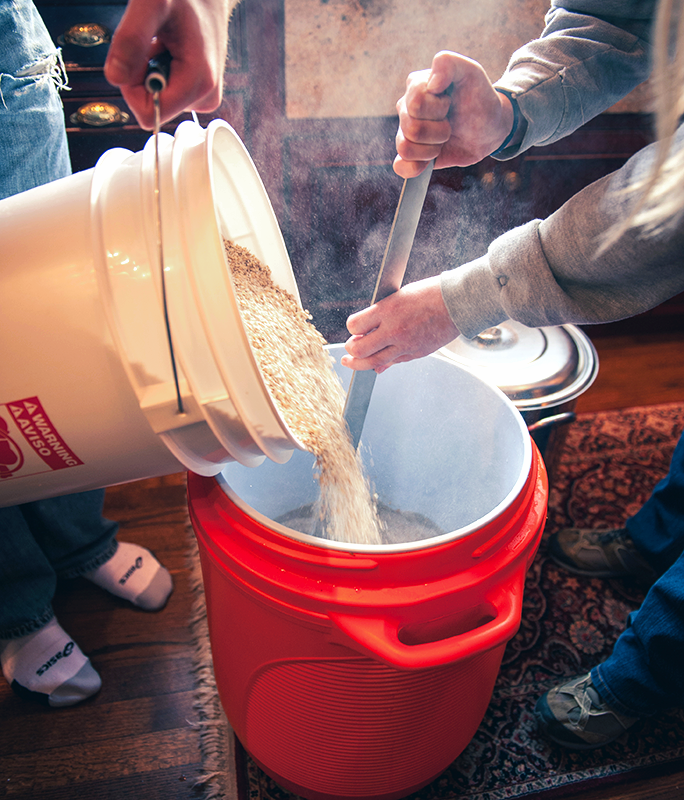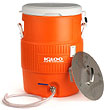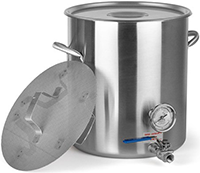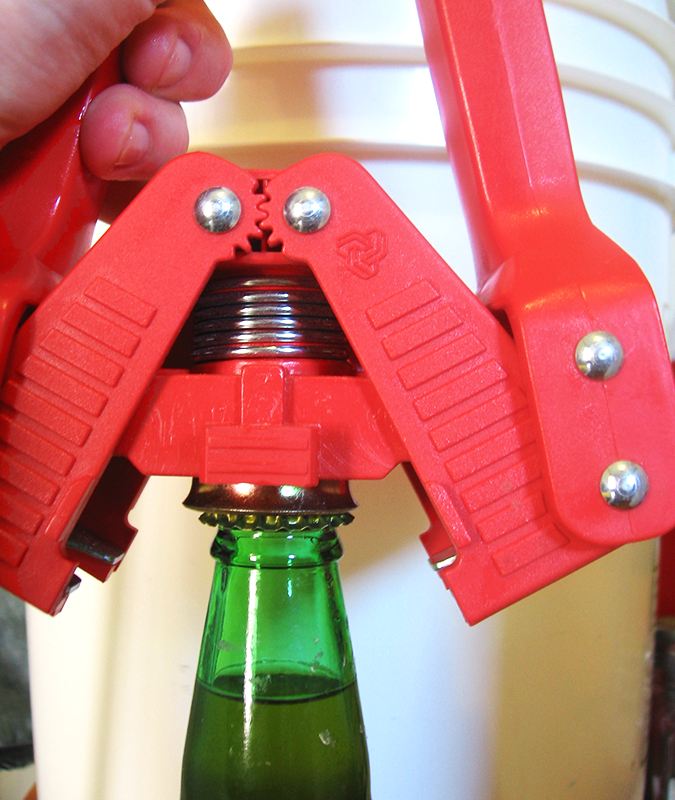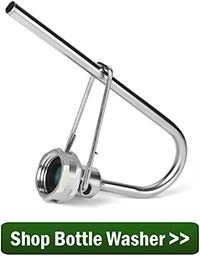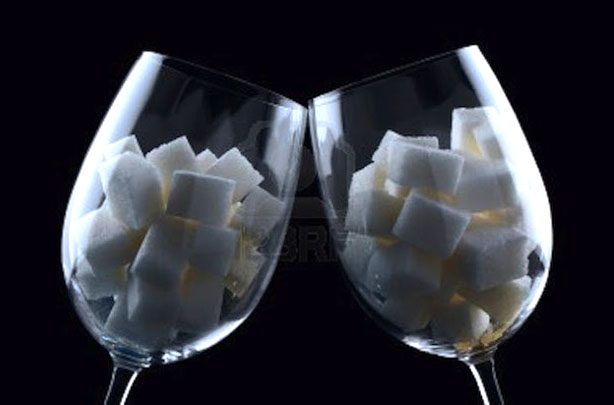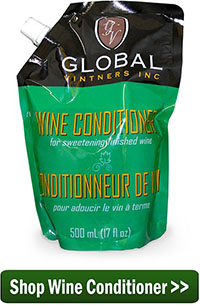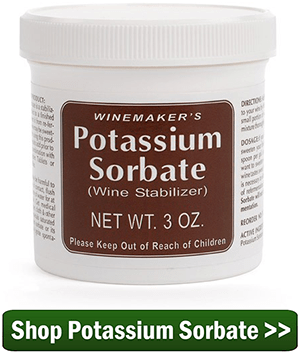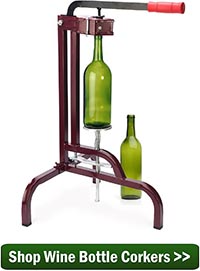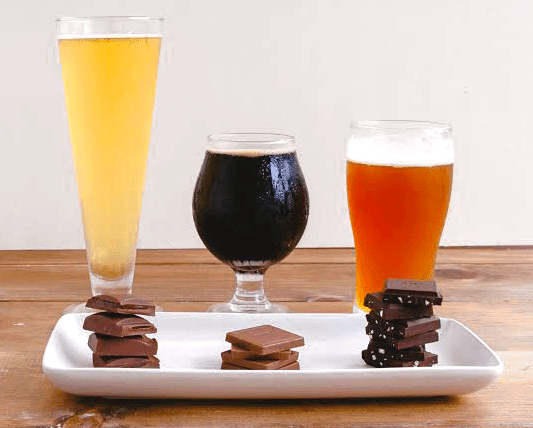 Among the many different herbs, spices, and flavor additives that can be used to make creative and intriguing homebrews, chocolate is one of the most tantalizing. Is it chocolate’s antioxidant power? Its aphrodisiac properties? Whatever the reason, millions of people around the world find chocolate irresistible, so why not put it in beer?
Among the many different herbs, spices, and flavor additives that can be used to make creative and intriguing homebrews, chocolate is one of the most tantalizing. Is it chocolate’s antioxidant power? Its aphrodisiac properties? Whatever the reason, millions of people around the world find chocolate irresistible, so why not put it in beer?
When home brewing with chocolate, it’s important to consider the balance between the chocolate and flavors of the base beer style. You would probably use a light hand if adding a note of chocolate to a pale ale, for example, but for a porter or a stout, you can be more liberal, as the chocolate will blend into the dark roasted flavors of the darker beer. Most people eat chocolate that has been sweetened, so you also consider supporting the chocolate flavors with some sweet caramel malt, unfermentable lactose sugar, or residual malt sugars derived from a higher mash temperature.
It’s also a good idea to think about the color impact of home brewing with chocolate. “Dry-hopping” your beer with cacao nibs will impart less color than boiling cocoa powder or baker’s chocolate. Again, brewing a chocolate porter or stout will leave more room for error than a paler beer style.
Below, find six of the best ways for home brewing with chocolate: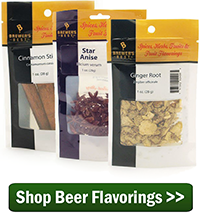
- Chocolate malt – Before experimenting with adding actual chocolate to your beer, be sure to consider the possibilities of achieving the flavor your want with chocolate malt. No, chocolate malt isn’t made with chocolate. A skilled maltster is able to manipulate roasting temperatures to bring out chocolate flavors, yet keep the malted barley from tasting too burnt or bitter. Chocolate malt is roasted beyond the sweeter caramel malts, but shy of the more heavily roasted black patent malt or roasted barley. Use chocolate malt for as much as 10% of the grist in porter and stouts. In smaller amounts, it’s also an effective way to adjust beer color. Also consider experimenting with chocolate wheat and chocolate rye.
- Chocolate syrup – Chocolate syrup is a convenient and effective means of adding chocolate flavor to your homebrew. It can be adding directly to the boil or during secondary fermentation. Due to its sugar content, it can even be used for priming (1 cup per five-gallon batch). For best results, make sure the syrup is fat-free.
- Cocoa powder – Cocoa powder is the finely
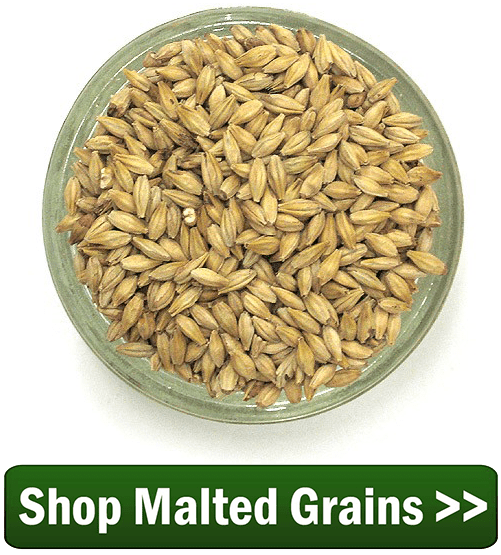 ground, unsweetened beans of the cacao plant. Cocoa powder can be added to the mash or the boil, but contributes a fairly subtle flavor and may have problems dissolving. Double check to make sure your powder is made from pure cocoa, and start by using two to four ounces in a five-gallon batch.
ground, unsweetened beans of the cacao plant. Cocoa powder can be added to the mash or the boil, but contributes a fairly subtle flavor and may have problems dissolving. Double check to make sure your powder is made from pure cocoa, and start by using two to four ounces in a five-gallon batch.
- Chocolate bars/baker’s chocolate – Chocolate bars can also be added to the boil, but be careful what kind you use. Many of these bars have high fat content or other additives that can negatively affect your beer. For best results, melt the bars before mixing into the kettle. Use 2 oz. of baker’s chocolate as a starting point for a stout.
- Chocolate liqueur – Chocolate liqueur, often sold as crème de cacao, is a great way of adding chocolate to your homebrew. It’s sterile, and it offers the ability to add measured doses of chocolate flavor post fermentation. Read more about Bottling Homebrewing with Flavored Liqueur.
- Cocoa nibs – Cocoa nibs are roughly crushed cocoa beans. They’re great for “dry-hopping” your beer to give it a subtle, nutty chocolate flavor.
 When used this way, they impart little color to your beer. Three or four ounces of cocoa nibs is a good starting point for a five-gallon batch.
When used this way, they impart little color to your beer. Three or four ounces of cocoa nibs is a good starting point for a five-gallon batch.
Interested in trying your hand a home brewing with chocolate? Try this Chocolate Milk Stout!
—–
David Ackley is a beer writer, brewer, and self-described “craft beer crusader.” He holds a General Certificate in Brewing from the Institute of Brewing and Distilling and is founder and editor of the Local Beer Blog.

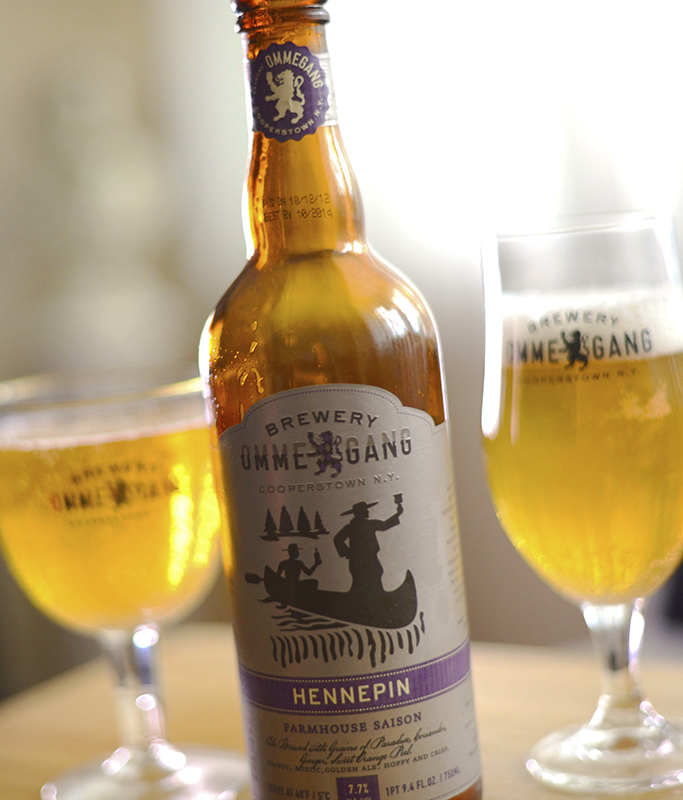
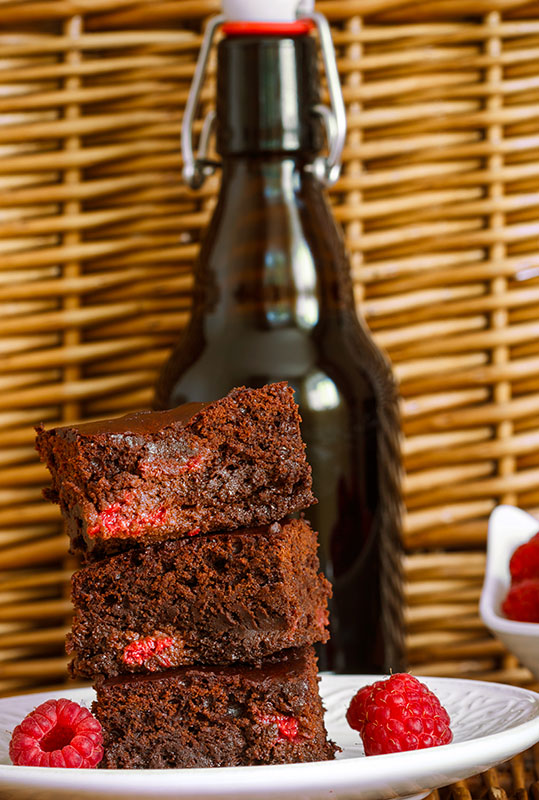
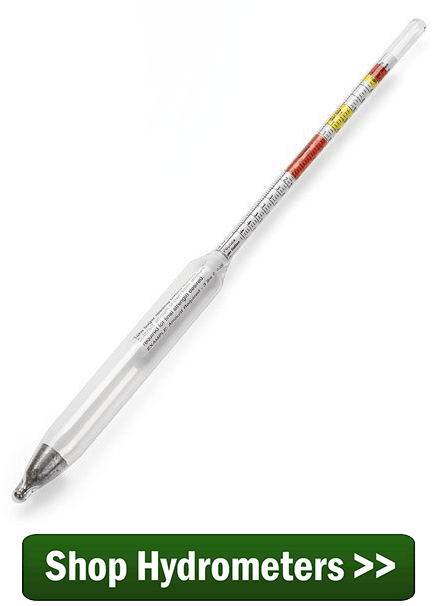

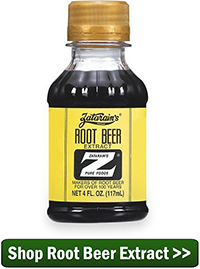
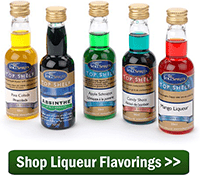
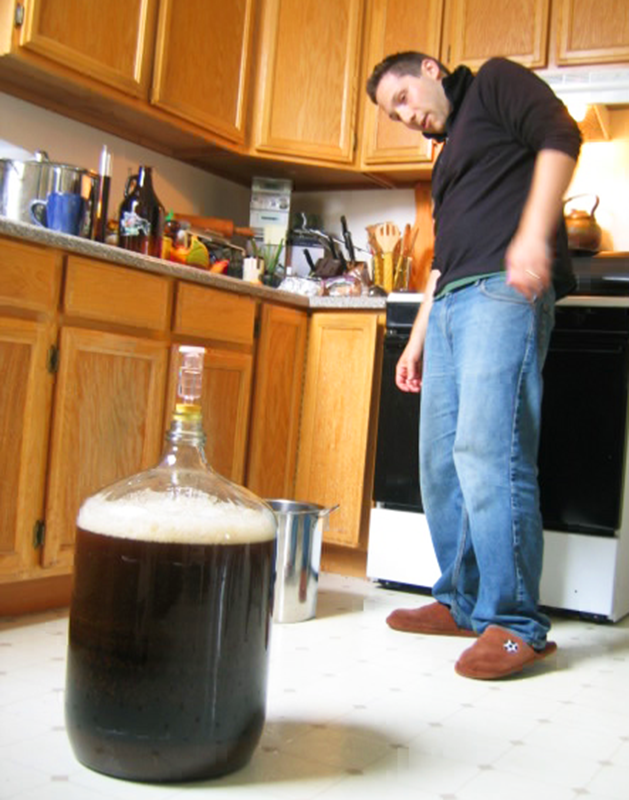
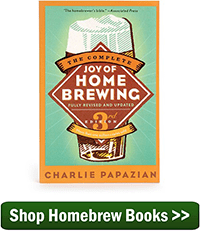
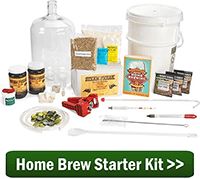
 One of the most popular IPAs on the market is Bell’s Two-Hearted Ale, brewed by Bell’s Brewery of Comstock, MI. The beer scores a 95 on
One of the most popular IPAs on the market is Bell’s Two-Hearted Ale, brewed by Bell’s Brewery of Comstock, MI. The beer scores a 95 on 